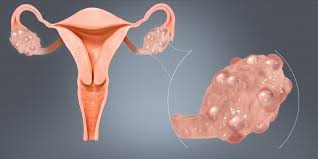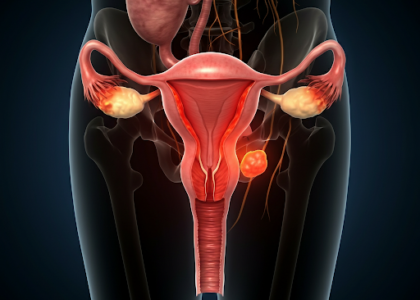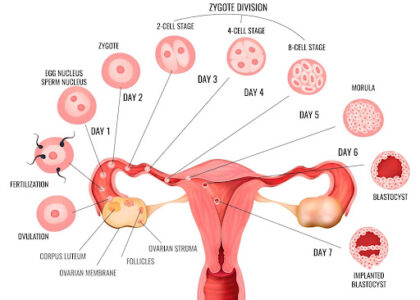Polycystic Ovarian Disease (PCOD) is a common hormonal disorder affecting women, often leading to a variety of symptoms that can differ in severity from one woman to another. Recognizing the signs early is essential for proper diagnosis and treatment. Here are the most common symptoms associated with PCOD:
1. Irregular Periods:
One of the hallmark symptoms of PCOD is irregular menstrual cycles. Women with PCOD may experience infrequent, prolonged, or missed periods due to the disruption of normal ovulation. Some women may have fewer than nine periods a year, while others may experience heavier or prolonged menstrual bleeding.
2. Excessive Hair Growth (Hirsutism):
An increase in male hormones (androgens) in PCOD often leads to unwanted hair growth in areas like the face, chin, chest, back, and abdomen. This condition, known as hirsutism, affects around 70% of women with PCOD.
3. Acne and Oily Skin:
PCOD can lead to the development of acne, particularly on the face, chest, and upper back. Hormonal imbalances cause the skin to produce more oil, leading to clogged pores and breakouts.
4. Weight Gain:
Unexplained weight gain, particularly around the abdomen, is common among women with PCOD. The condition is closely linked to insulin resistance, which makes weight management more challenging.
5. Thinning Hair or Hair Loss:
PCOD can cause hair thinning or loss from the scalp, a condition known as androgenic alopecia. This symptom is due to elevated androgen levels, which shrink hair follicles and slow down hair growth.
6. Darkening of Skin:
Women with PCOD may notice dark patches of skin, especially in areas like the neck, groin, and under the breasts. This condition, called acanthosis nigricans, is often linked to insulin resistance.
Recognizing these symptoms early is key to managing PCOD effectively, helping to prevent long-term health complications and improving overall well-being.






Recent Comments